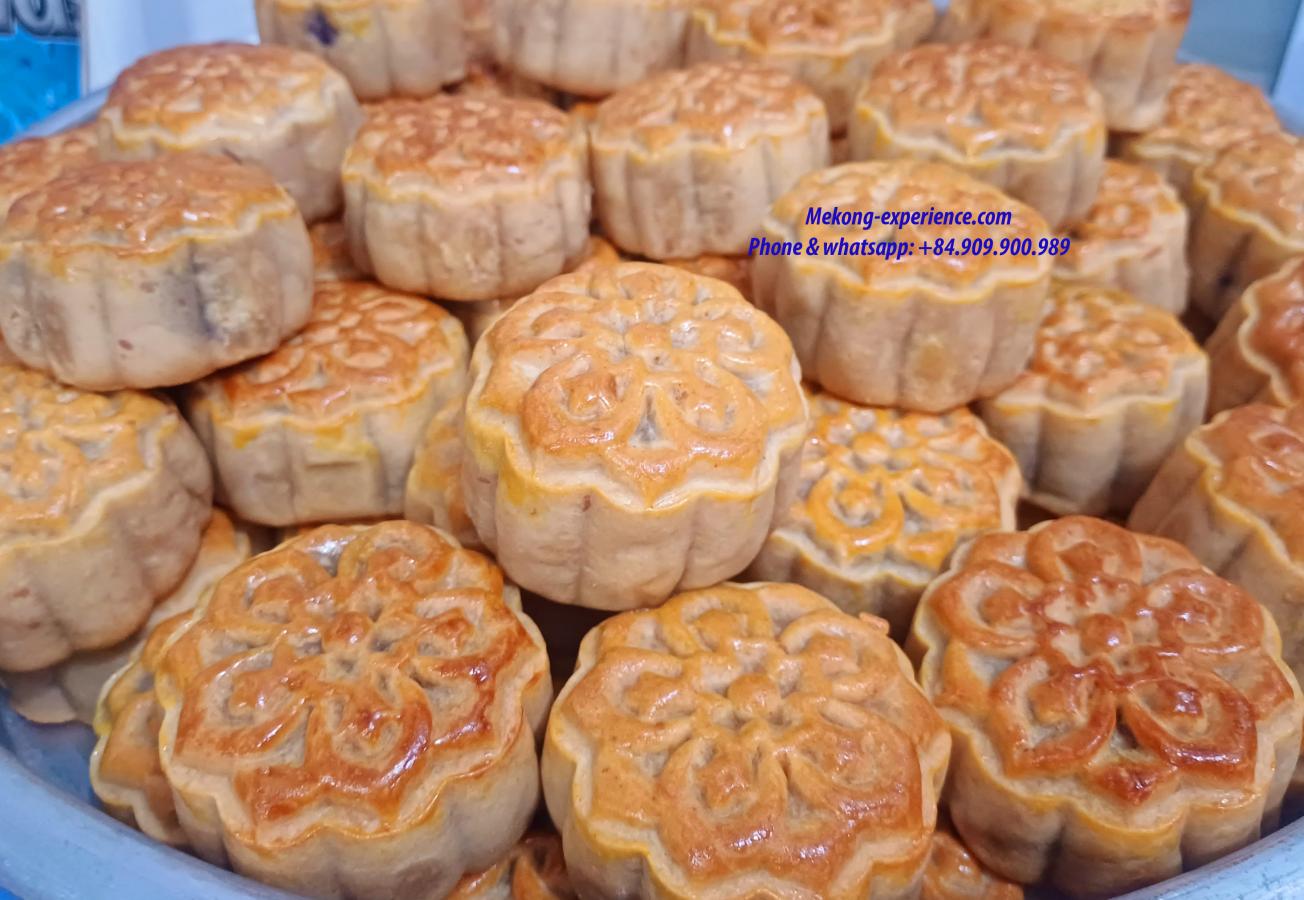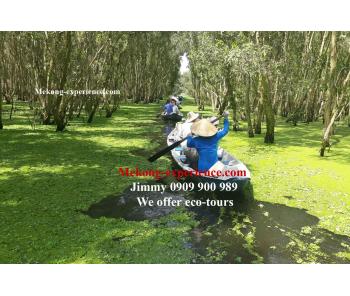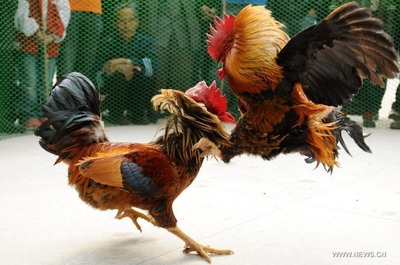In the 12th to 15th centuries, the Champa civilization began to fade as they were driven south by the Vietnamese kings
{readmore}
Mekong Ecotour – Mekong Eco – Mekong floating market – Mekong tour – Mekong delta tour – floating market in Mekong – Best tour in Mekong – Good tour in Mekong – market tours – floating market – cantho floating market – bike tour – homestay tour – homestay in Mekong – Mekong homestay – Mekong Cruise – Lecochinchin Cruise – Mekong Eyes Cruise – Best Cruise in Mekong – Cruise Tour in Mekong – Cruising Mekong – Homestay Tour – Mekong Homestay – Good homestay in Mekong -Basac Cruise
Mekong tours - Mekong Eco Tours - CHAU DOC IN MEKONG DELTA - Mekong Homestay
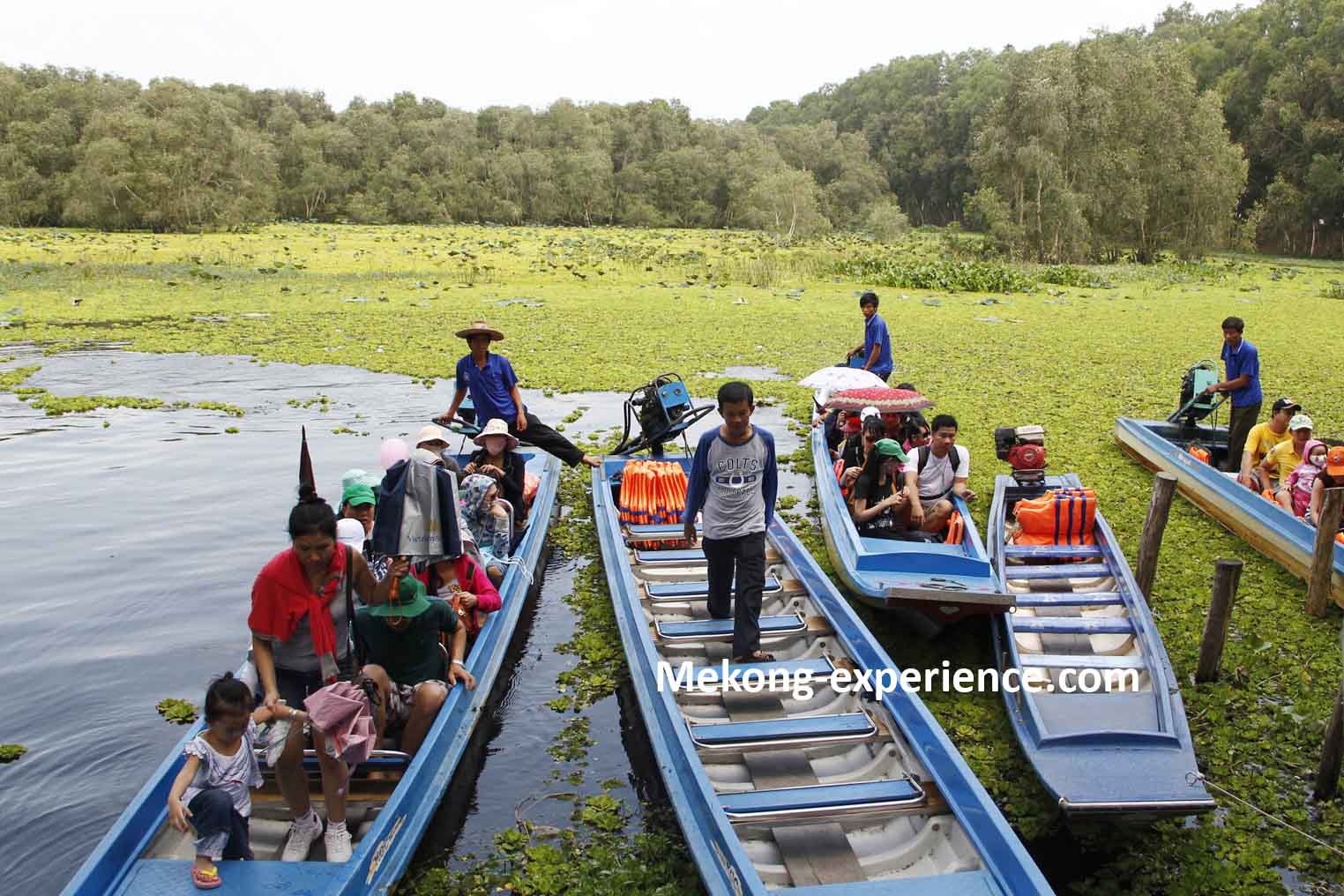
Draped along the banks of the Hau Giang River (Bassac River), Chau Doc sees plenty of travellers washing through on the river route between Cambodia and Vietnam. A likeable little town with significant Chinese, Cham and Khmer communities, Chau Doc’s cultural diversity (apparent in the mosques, temples, churches and nearby pilgrimage sites) makes it fascinating to explore even if you’re not Cambodia-bound. Taking a boat trip to the Cham communities across the river is another highlight, while the bustling market and intriguing waterfront provide fine backdrops to a few days of relaxation.
Cham Village in Chau Doc - Mekong Experience
For many Vietnamese, the word “Cham” may trigger images of long-defunct towers passed by on the way to somewhere else, like the ones at the My Son temple complex outside of Hoi An, near the mud baths in Nha Trang, or simply standing next to the side of long, empty stretches of road along Vietnam’s central coastline.
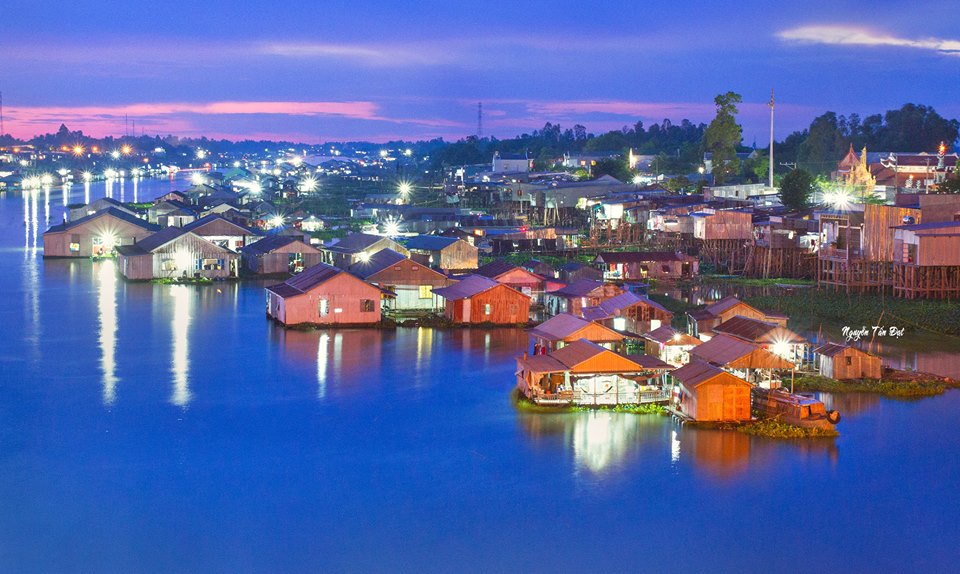
Mekong tours - Mekong Eco Tours - CHAU DOC IN MEKONG DELTA - Mekong Homestay
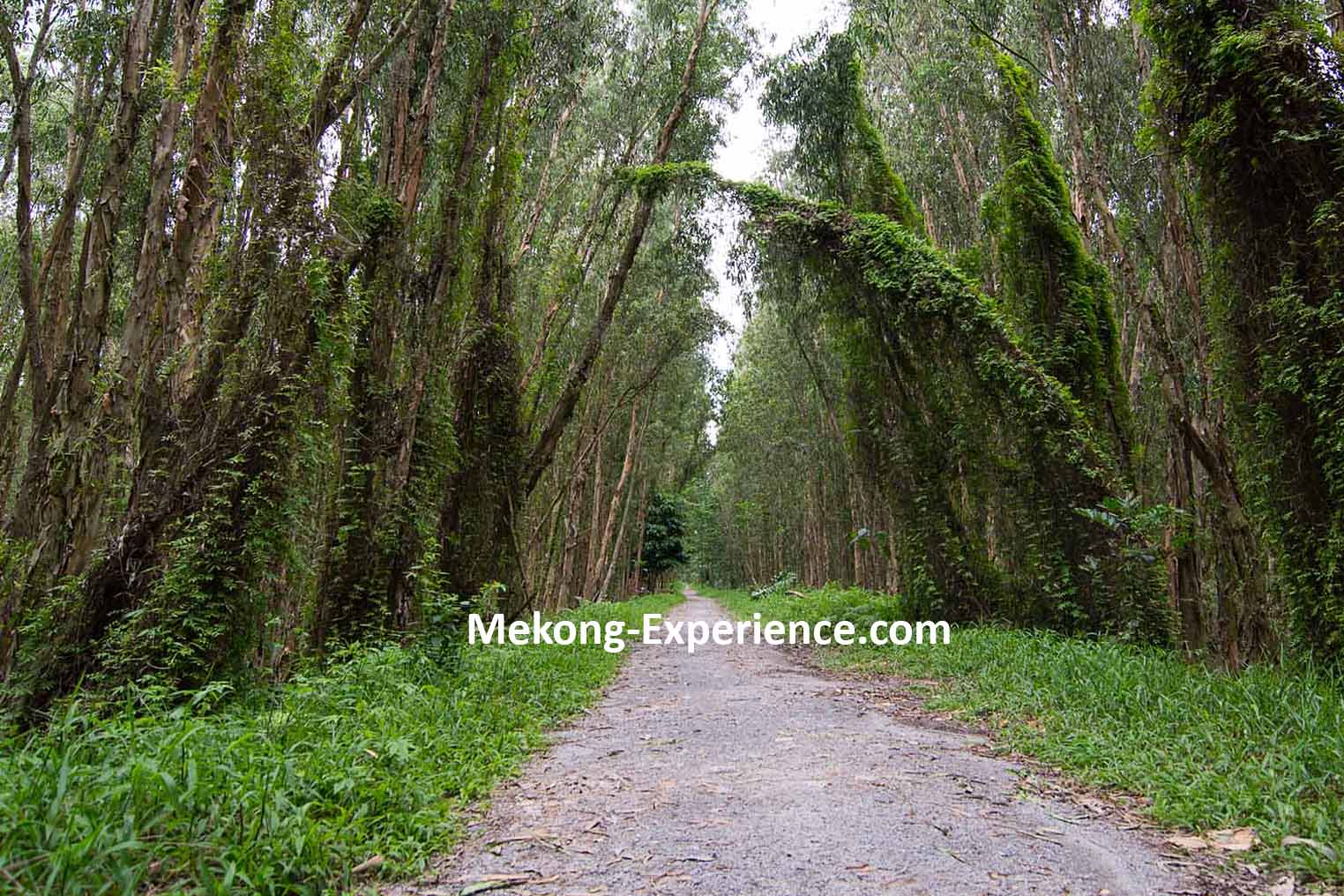
In the 12th to 15th centuries, the Champa civilization began to fade as they were driven south by the Vietnamese kings and east by the Angkorian kings. What’s left of the Champa civilization in Vietnam is now concentrated in Binh Thuan and Ninh Thuan provinces (near Phan Rang) in Central Vietnam and along the Cambodian border in Tay Ninh and Chau Doc provinces in the form of the roughly 167,000 Cham people, classified as one of Vietnam’s 54 ethnic minorities.
The ancient Cham were heavily influenced by India, explaining why the predominant religion of the coastal Cham is based on Hinduism. The Cham around Chau Doc, though, practice a rustic form of Sunni Islam, most probably introduced by seafaring Muslim traders in the late 10 th and early 11 th centuries and bolstered by the arrival of Muslim Chams from Cambodia to the Mekong Delta in the mid-19th century.


